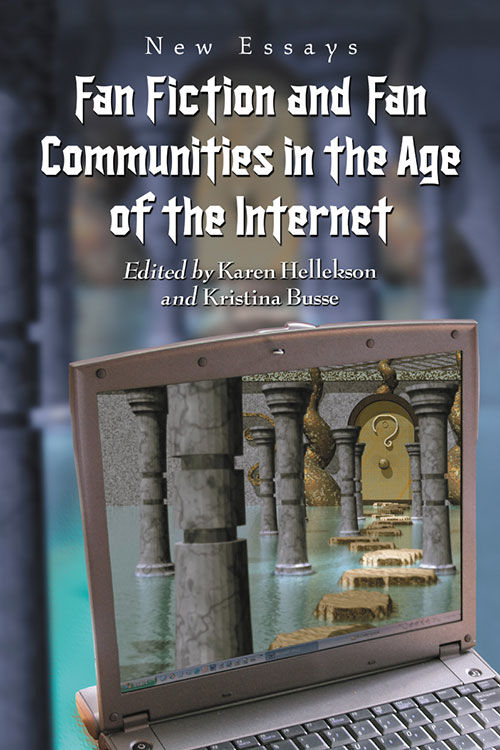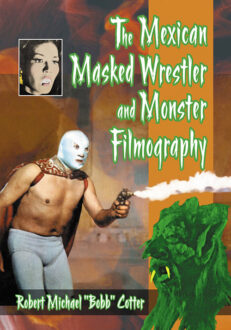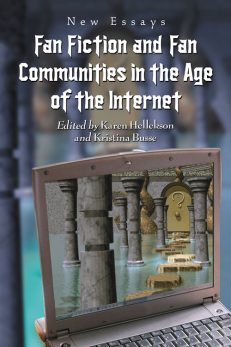Fan Fiction and Fan Communities in the Age of the Internet
New Essays
$29.95
In stock
About the Book
Fans have been responding to literary works since the days of Homer’s Odyssey and Euripedes’ Medea. More recently, a number of science fiction, fantasy, media, and game works have found devoted fan followings. The advent of the Internet has brought these groups from relatively limited, face-to-face enterprises to easily accessible global communities, within which fan texts proliferate and are widely read and even more widely commented upon. New interactions between readers and writers of fan texts are possible in these new virtual communities. From Star Trek to Harry Potter, the essays in this volume explore the world of fan fiction—its purposes, how it is created, how the fan experiences it. Grouped by subject matter, essays cover topics such as genre intersection, sexual relationships between characters, character construction through narrative, and the role of the beta reader in online communities. The work also discusses the terminology used by creators of fan artifacts and comments on the effects of technological advancements on fan communities.
Instructors considering this book for use in a course may request an examination copy here.
About the Author(s)
Bibliographic Details
Edited by Karen Hellekson and Kristina Busse
Format: softcover (6 x 9)
Pages: 296
Bibliographic Info: 5 photos, notes, bibliographies, index
Copyright Date: 2006
pISBN: 978-0-7864-2640-9
eISBN: 978-0-7864-5496-9
Imprint: McFarland
Table of Contents
Preface 1
Introduction: Work in Progress 5
Fan Fiction: A Bibliography of Critical Works 33
A Brief History of Media Fandom 41
PART I—DIFFERENT APPROACHES: FAN FICTION IN CONTEXT
1. Archontic Literature: A Definition, a History, and Several Theories of Fan Fiction 61
2. One True Pairing: The Romance of Pornography and the Pornography of Romance 79
3. Intimatopia: Genre Intersections Between Slash and the Mainstream 97
PART II—CHARACTERS, STYLE, TEXT: FAN FICTION AS LITERATURE
4. The Toy Soldiers from Leeds: The Slash Palimpsest 115
5. Construction of Fan Fiction Character Through Narrative 134
6. Keeping Promises to Queer Children: Making Space (for Mary Sue) at Hogwarts 153
PART III—READERS AND WRITERS: FAN FICTION AND COMMUNITY
7. The Audience as Editor: The Role of Beta Readers in Online Fan Fiction Communities 171
8. Cunning Linguists: The Bisexual Erotics of Words/ Silence/Flesh 189
9. My Life Is a WIP on My LJ: Slashing the Slasher and the Reality of Celebrity and Internet Performances 207
PART IV—MEDIUM AND MESSAGE: FAN FICTION AND BEYOND
10. Writing Bodies in Space: Media Fan Fiction as Theatrical Performance 225
11. “This Dratted Thing”: Fannish Storytelling Through New Media 245
12. From Shooting Monsters to Shooting Movies: Machinima and the Transformative Play of Video Game Fan Culture 261
Contributors 281
Index 285
Book Reviews & Awards
- “A useful and thought provoking addition”—SFRA Review
- “A worthwhile addition”—Journal of the Fantastic in the Arts
- “Innovative explorations of fandom and new media…marvelous…a much-needed record of developments in contemporary fan practices. Anyone wanting to learn more about media fandom—where it’s come from and what it means today—will need a copy”—Matt Hills, author of Fan Cultures and How To Do Things With Cultural Theory
- “What is especially impressive here is the focus on collaboration or collective story telling. The essays speak to how fan authors relate to the inspiring texts and their authors, how they deal with issues of intellectual property, how they fit within larger literary traditions, how fan authors deal with both canon and fanon, and how fan authors interact with each other in terms of collaborative authorship. This book gets me excited about the whole field all over again. I learned something fresh and interesting in every chapter”—Henry Jenkins, author of Textual Poachers





